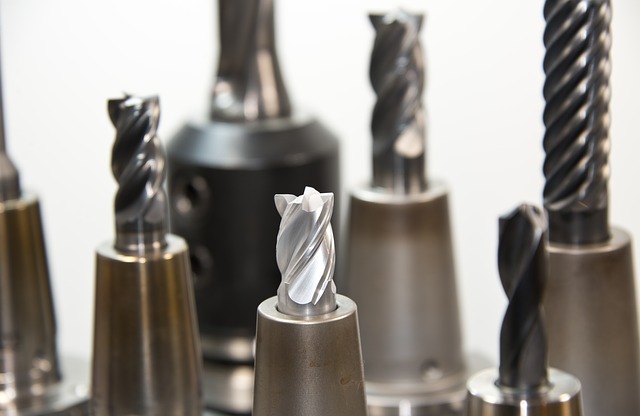What is CNC Turning?

CNC Turning is an intricate and detailed method of creating custom parts and components using a lathe. Computer Numerical Control (CNC) turning is a highly skilled, Precision Engineering process. Based around one of the oldest machine tools in the world – the lathe – turning in its traditional form can be traced back to ancient Egypt.
Through modern computer technology and skilled operators, a component can now be created to the minutest detail and to the most rigid of designs using a Turning Lathe, with precise tolerances and a vast array of shapes. The turning lathe secures and rotates the stock, or raw material, being machined along a dual axis of movement at high speeds, while a single point cutting or boring tool shapes the material, resulting in the desired component being created. The lathe is controlled by computer programs; ensuring meticulously exact components are produced, and can also be reproduced. At MNB, we pride ourselves on being experts in the latest CNC Turning Technology and Processes, and on our ability to create the components our customers demand swiftly, efficiently and precisely.
Difference Between CNC Milling and CNC Turning
CNC Milling and CNC Turning allow users to create patterns and add detail to metals that are impossible to do by hand. CNC Milling uses commands, codes programmed into the computer and set to run. The mill then drills and turns along axes to cut materials to dimensions entered into the computer. Computer programming allows machines to make precise cuts, users can manually override the CNC Machines to slow or speed up the process.
In contrast, CNC Turning uses computer-controlled machines to create a different final product. The process uses a single-point cutting tool that inserts parallel to the material to cut. The material is rotated at changing speeds and the tool cutting traverses to create cylindrical cuts with exact measurements. It is used to create circular or tubular shares from larger material pieces. It is an automated process and speeds can be adjustments for greater accuracy rather than turning a lathe by hand.
What parts need CNC Turning?
There is no question that CNC Milling and CNC Turning are very different processes that will in most cases end up with entirely different results. CNC Centres are ideal for short-run volumes and especially prototypes and parts that are below 2.5” while the turning centre can be able to work on parts that are over the 2.5” OD, they will need to be checked individually and depending on the volume of the parts that are being produced, it can have an upward impact on the price of production. Also, if the part is less than 1.25” OD, turning might not be the option for producing that part. However, it is important to note that the biggest factor that determines if the piece can be produced by CNC Turning is the volume. The higher the volume the less suitable the part is suitable to be produced by turning.
If you’re not sure if your part should be best produced by CNC Turning or CNC Milling, it is important to seek a second opinion. It is also essential to understand that different CNC Centres have different tooling and spindle options and this could affect the likelihood of the part being produced in such a centre. Other factors that might determine the fate of the part are the diameter limitations, power and even speed capabilities will also affect the economic aspect and the type of part that can be produced.
If you are looking for more information on What is CNC Turning? Or looking to get a quote, get in touch today on +44 (0) 2476 695959 or email info@mnbprecision.com.











